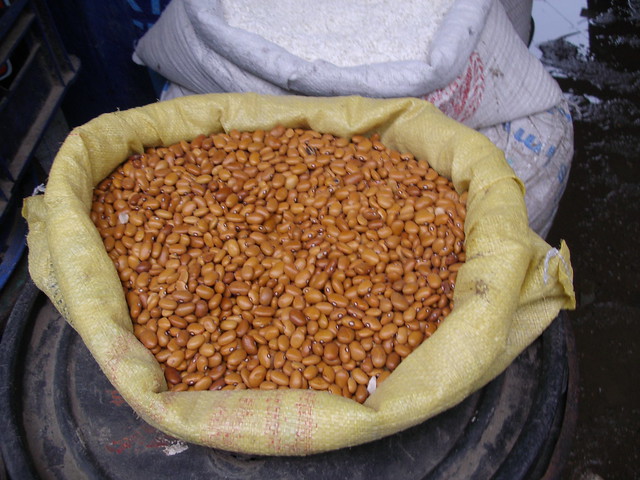This is an excerpt from a conversation I had with my son while we were walking from the subway to the theatre.
My son: Daddy, let’s play a number game.
Me: Okay. What’s seven billion, nine hundred and ninety-nine million, nine hundred and ninety-nine plus one?
My son: That’s too big Daddy, I can’t add those!!
Me: Okay, let’s try a simpler problem. What’s nine plus one?
Son: Ten.
Me: Ninety-nine plus one?
Son: One hundred.
Me: Nine hundred and ninety-nine plus one?
Son: One thousand.
Me: Nine thousand, nine hundred and ninety-nine plus one?
Son: I don’t know how to say the next number. Oh wait! TEN thousand (proudly).
Me: Ninety-nine thousand, nine hundred and ninety-nine plus one?
Son: One hundred thousand.
Me: Nine hundred and ninety-nine thousand, nine hundred and ninety-nine plus one?
Son: How do you say one thousand thousands?
Me: One million.
Son (laughs): Okay the last one is one million.
Me (continuing): What’s nine million, nine hundred and ninety-nine thousand, nine hundred and ninety-nineplus one?
Son: Ten million.
Me: What’s ninety-nine million, nine hundred and ninety-nine thousand, nine hundred and ninety-nine plus one?
Son: One hundred million.
Me: Nine hundred and ninety-nine million, nine hundred and ninety-nine thousand, nine hundred and ninety-nine plus one?
Son: How do you say one thousand millions?
Me: One billion.
Son: That’s the answer then, one billion.
Me: Okay, now try the first problem. What’s seven billion, nine hundred and ninety-nine million, nine hundred and ninety-nine thousand, nine hundred and ninety-nine plus one?
Son (no hesitation): Eight billion.
Son: What’s one thousand billions?
Me: One trillion.
Son: What’s one thousand trillions?
Me: One quadrillion.
Son (giggles): And then?
Me: Quintillion
Son: What’s next!
Me: Sextillions, then Septillions, then Octillions, then Nonillions, then probably Decillions.
Son: What’s next?
Me: Probably Endecillions1 and Dodecillions1, but that’s the limit of my Greek.
Me: What if we played our adding game forever?
Son: Infinity! But we’d have to play in Heaven because even if we played until the end of our lives, we still wouldn’t reach infinity.
(Leads to a long discussion on whether heaven exists and where we go when we die.)
This kind of conversation, between my son and I, is typical as we have a lot of conversations about numbers. In this case, I presented him with a challenging problem, and he was not able to do it. I then used George Pólya’s “trick” of asking my son simpler problems which led up to him seeing how to solve the more complicated problem. Does this mean that my son understands place value, or even all the numbers he was able to say? Probably not, our conversation was entirely linguistic, but it’s a start.
1.Here is a list of the names of the large numbers. Notice that my two guesses are actually wrong (but close!).
